Jasmine Birtles
Your money-making expert. Financial journalist, TV and radio personality.


ISA usage has grown in popularity recently, after losing customers when the Personal Savings Allowance was launched in 2016. After that tax break was introduced, ISA use dropped by 13% in a year. Finally, the number of ISA accounts opened has finally risen above pre-2016 levels as a total of 13m ISA accounts were opened in the year.
Laura Suter, head of personal finance at AJ Bell, comments:
“ISAs are still underused, with the amount subscribed to them remaining below pre-2016 levels. In 2015-16 a total of £80bn was put into ISAs and the latest figure show that £75bn was paid in*. And that’s despite a soaring ISA allowance, which jumped to £20,000 in 2017/18.
“The Personal Savings Allowance is still sufficient for many people to save and be protected from tax. It means basic-rate taxpayers can earn £1,000 in savings interest before they have to pay tax, while higher rate payer can earn £500 before tax is due. That means if their savings are in cash and earning interest of 0.5% a basic-rate taxpayer could have £200,000 in savings and still be covered by the allowance, while a higher rate payer could have £100,000 before tax was due. However, there are six key groups of people who would definitely benefit from using an ISA – from those due a payrise to people saving for their first property. These people face either higher tax bills or a hit to their savings potential (or both) if they shun ISAs.”
MoneyMagpie’s Jasmine says, “The ISA landscape is now quite confusing with quite a few different types of ISAs to choose from. However, it does mean that there’s ’something for everyone’ and I particularly recommend that those between 19-39 years-old open up a LISA so that they can get the delicious 25% extra that the Government gives out for free on top of any money invested. That means that you already increase your investment even before whatever you have put the money into (ideally socks and shares) increases in value.
“I’m also a big fan of Junior ISAs, again, ideally invested in stocks and shares rather than cash, at least until your kids are in their mid-teens. Investing this way will give them a handy next-egg when they are eighteen or provide them with a good start for saving for a home or to setting themselves up in business later on.
“Given the fact that we will be paying more tax from April onwards, thanks to the increase in National Insurance contributions and the freezing of the income tax thresholds, it’s becoming ever more important that we make the most of any tax-saving vehicles like ISAs and pensions. Put in as much as you can afford before the end of the tax year on April 5th.”
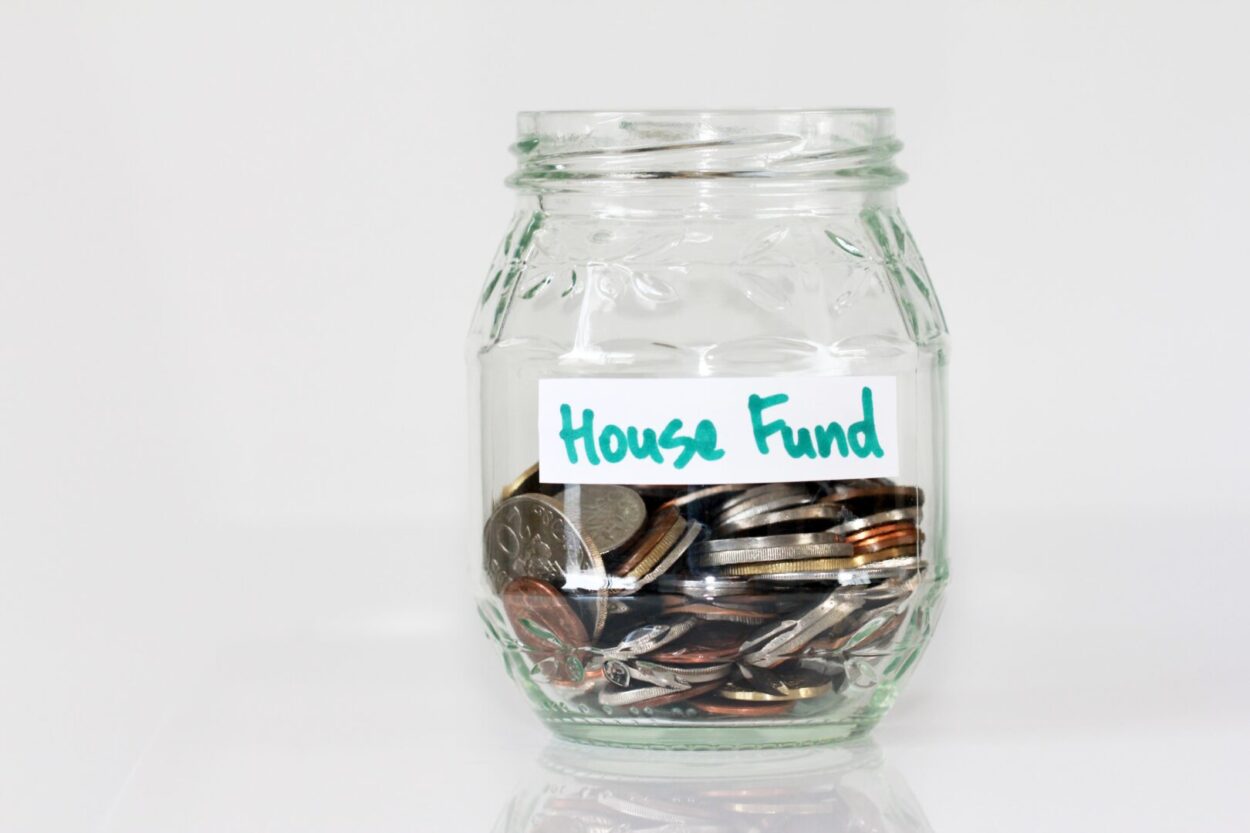
People buying their first home can benefit from an ISA giving them free Government money. A Lifetime ISA nets you a 25% Government bonus on the money you pay in, which contributes to your first home with a competitive interest rate.

People looking to increase wages are a good audiencea ccording to AJ Bell.
If your job or pay is changing, people need to see if they’re moving into the next tax bracket needs to watch out, which will affect their Personal Savings Allowance cut or even disappear altogether.
“For example, if you change from the basic to higher-rate tax band you’ll face a £200 tax bill on that £500 of savings interest that’s no longer protected by the allowance. And if you move from the higher to the additional rate band you’ll face a tax bill rise of £225. If you’re close to these tax band it could be a good idea to move some of your money into an ISA, and reduce your future tax bill.”
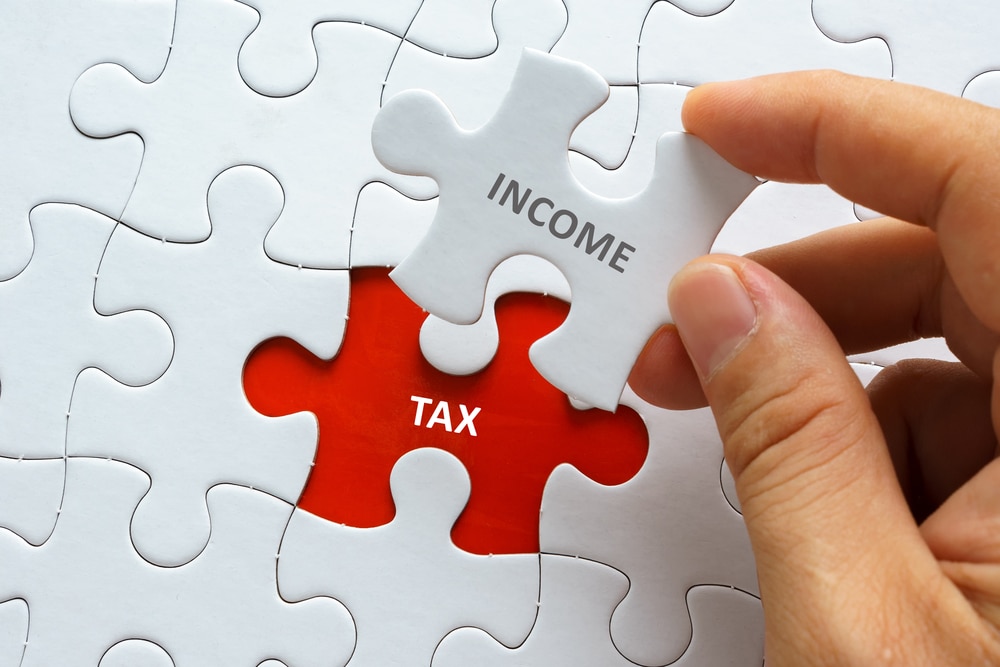
Investors will be faced with an even higher tax bill on their dividends from April, as the new Health and Social Care Levy will add 1.25 percentage points onto dividend tax rates. It’s the latest increase, with recent years seeing successive changes to the dividend tax allowance raising bills. If you move some of your money into an ISA then it will be free of income tax – to be clear, carrying out your investigation depending on what your personal dividends are is always a good idea – but you could see your tax bill cut.
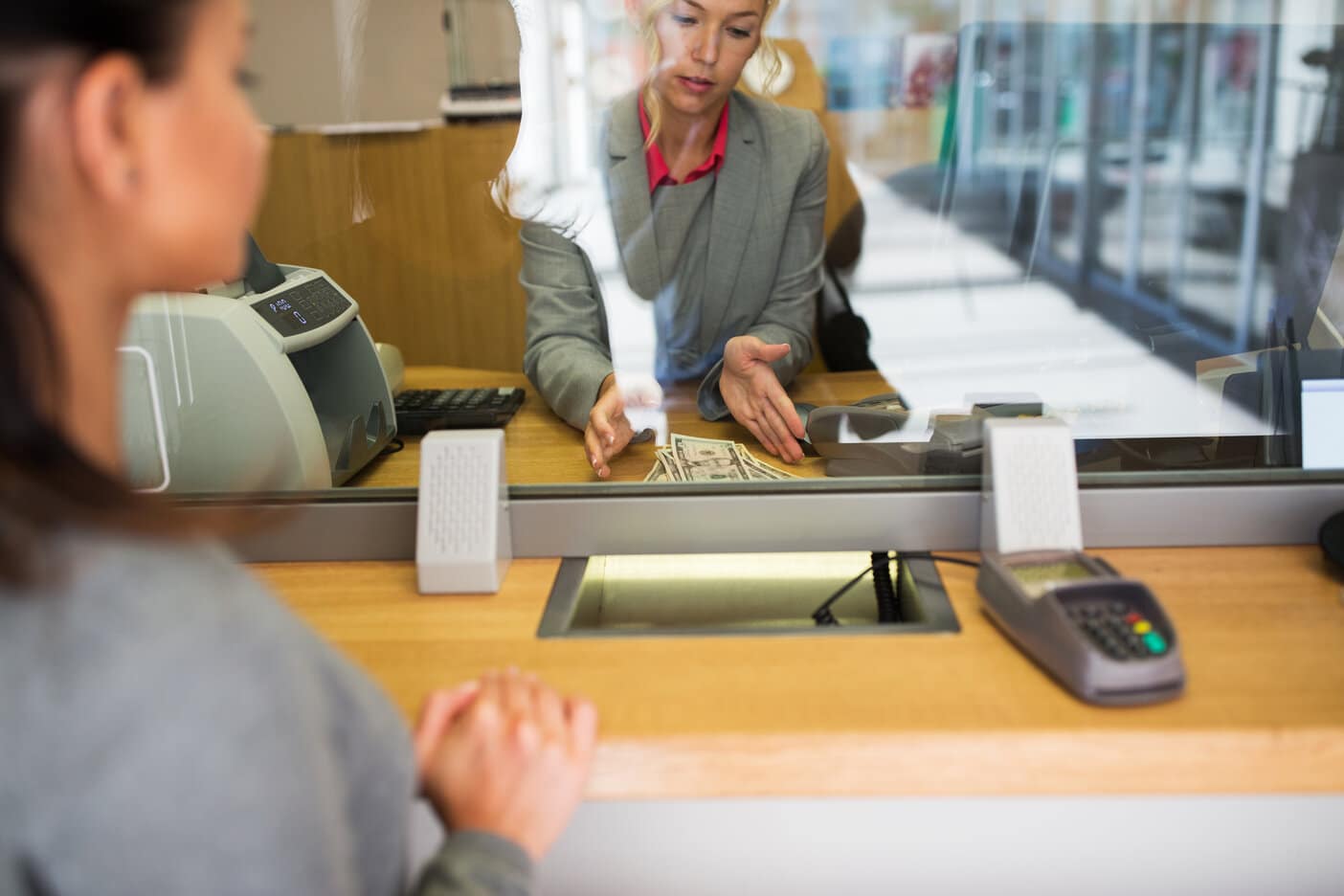
If you plan to take an income from your savings in future years, you should one aware of how this is taxed, outside of an ISA or pension. ISA withdrawals are free of tax, so you can draw an entirely tax-free income off the investment pot.
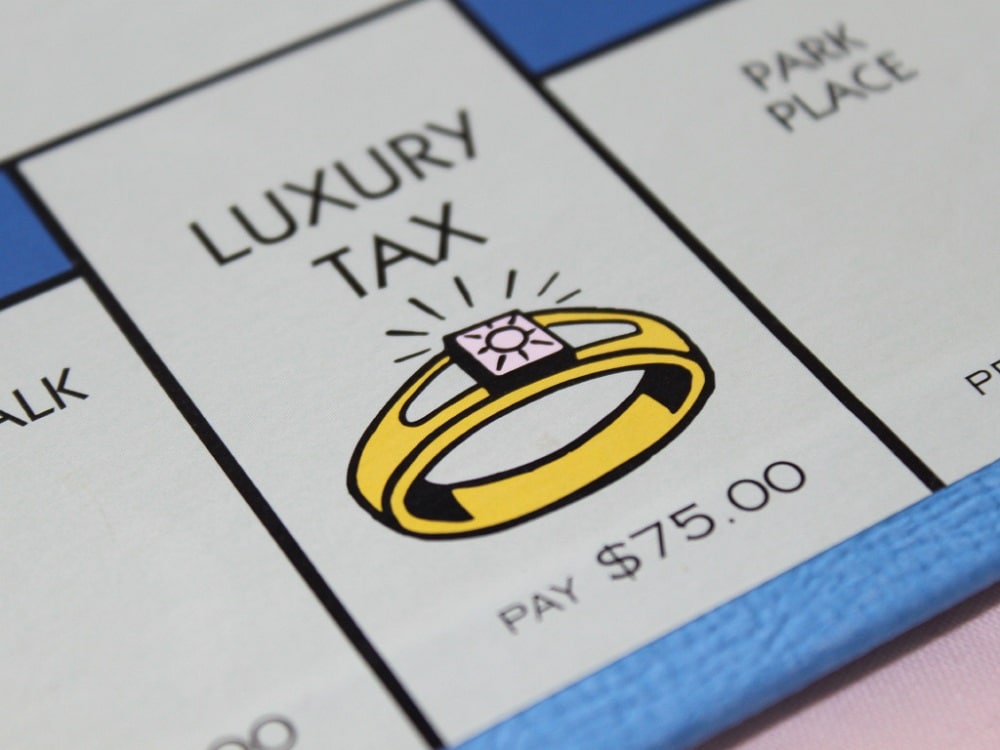
If you have well-performing non-ISA investments perform, they could attract hefty capital gains. Investments outside of an ISA will incur capital gains tax of 10% or 20% on any gains above the tax-free allowance, depending on the income tax bracket. You can make use of your capital gains tax allowance to bank some gains and move them into an ISA.
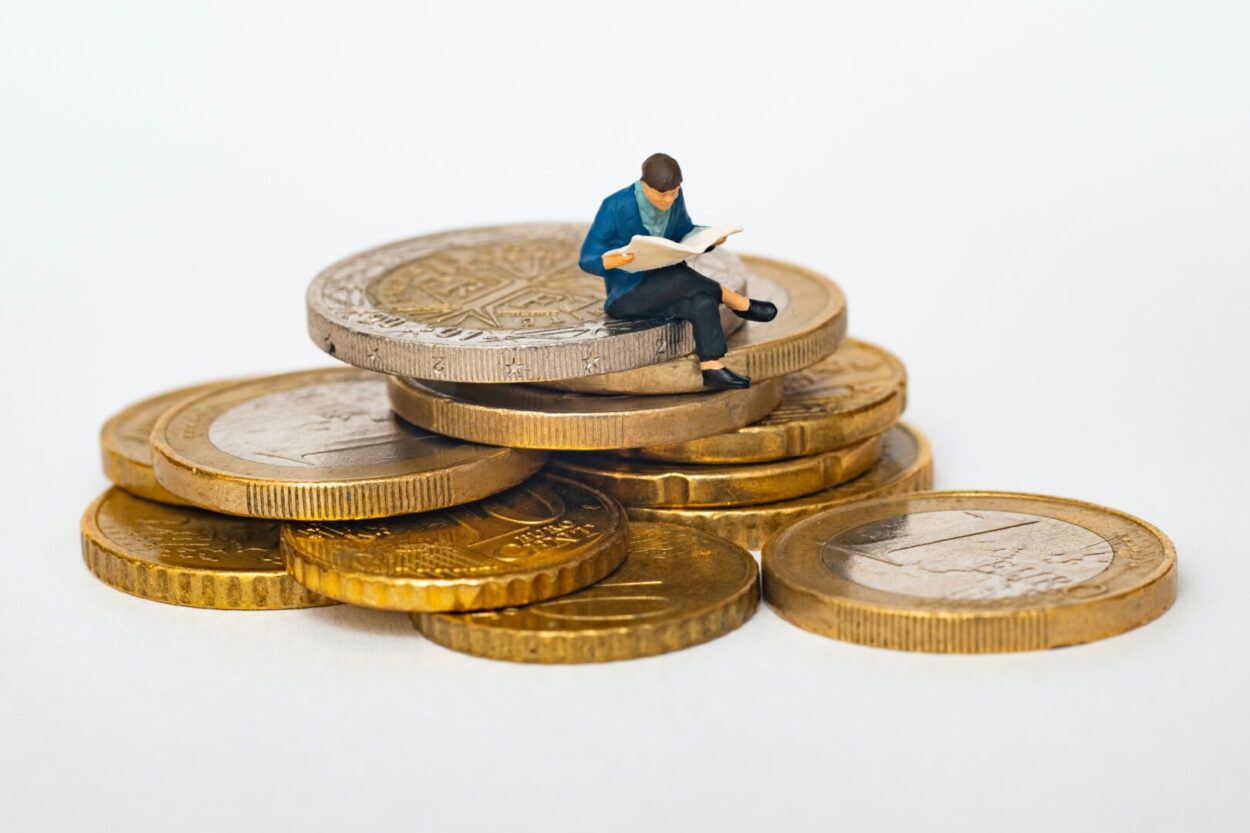
ISA Usage for those with considerable savings
The larger your non-ISA savings are, the longer it will take to move it into an ISA. The ISA allowance is currently £20,000 per year, but is at the mercy of future Governments changing the tax rules on savings, scrapping the personal savings allowance or even reducing the annual amount you can save into an ISA. People were caught out by this before with the cut to the dividend tax allowance and many were hit with a large tax bill. If it will take several years’ worth of allowances to move your money into an ISA, think about starting before the end of this tax year.
To read MoneyMagpie’s entire series on ISA click the link here and learn more about ISA usage, types and ways to invest.
